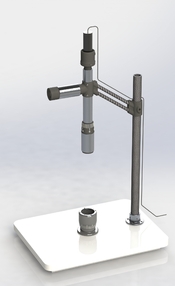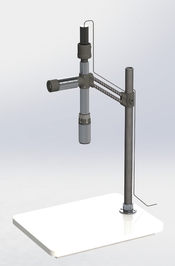Mr Bill
Member
- Joined
- Aug 22, 2006
- Messages
- 1,436
- Format
- Multi Format
My guess is that the mirror is not flat enough. I tested a thin mirror which was flexing a little bit and it gave a fuzzy double reflection.
Seems odd to me that it makes such a clear double-image though. On a first surface, I've have thought that to be impossible for one reason or another.
Yep, also seems odd to me too. I'm sure there must be a sensible explanation why it happens though.
If it was me I'd probably try sticking a piece of polarizing filter in there somewhere just for the possibility of.... well... let's just say in case it magically removes one of the "ghosts." (This is on the basis that I could clip off a small piece from a sheet of polarizing material in about 2 minutes, so no significant effort.)














